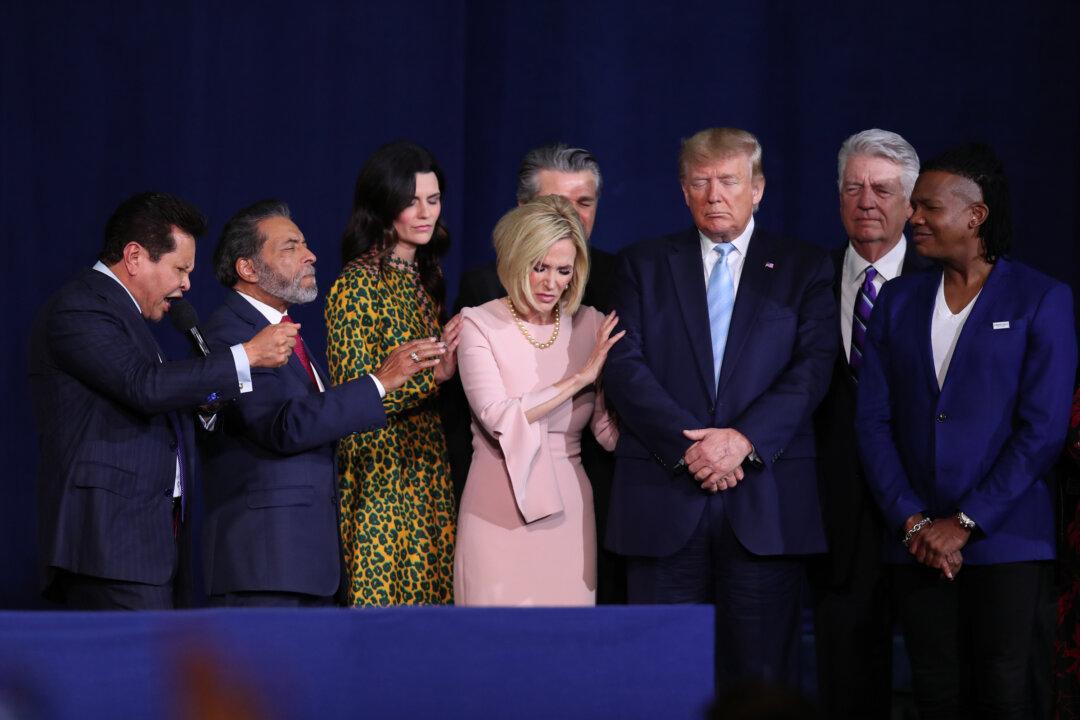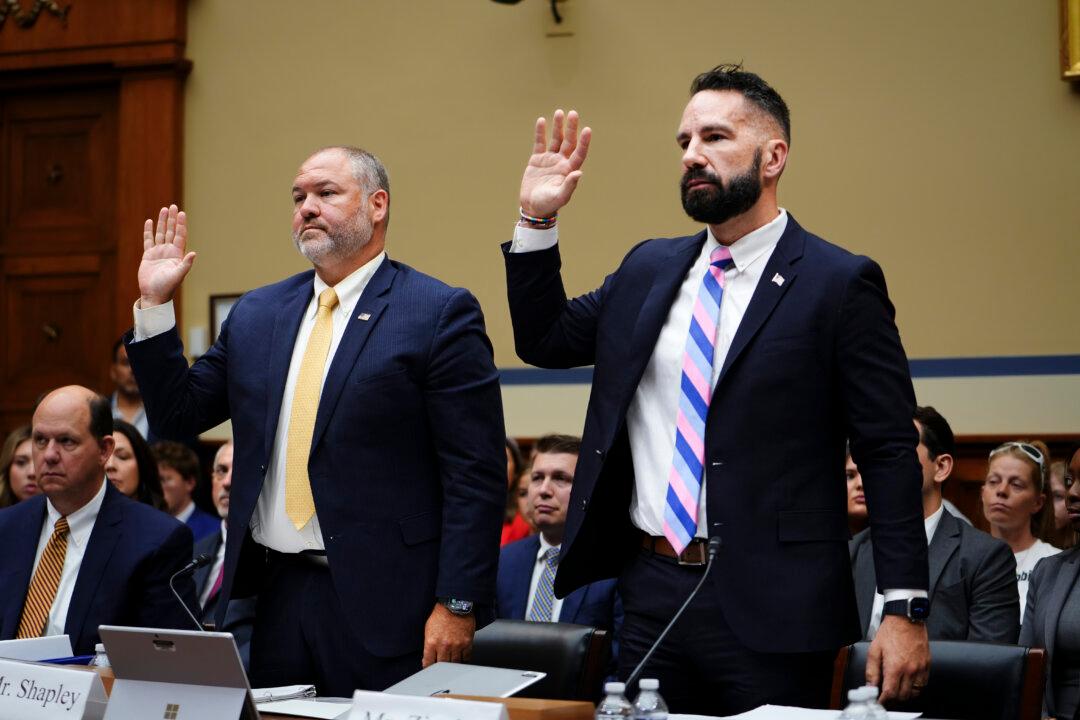Evangelicals with high levels of political interest will support President Donald Trump even more solidly on Nov. 3 than they did in 2016, but for different reasons, survey researcher George Barna said on Oct. 30.
Barna asked 69 questions of 1,600 individuals he defines as Spiritually Active, Governance-Engaged Conservative Christians (SAGE Cons). He asked the same 69 questions to an additional 900 individuals deemed Near-SAGE Cons. The survey was commissioned by the Family Research Council (FRC) and conducted in late September.





